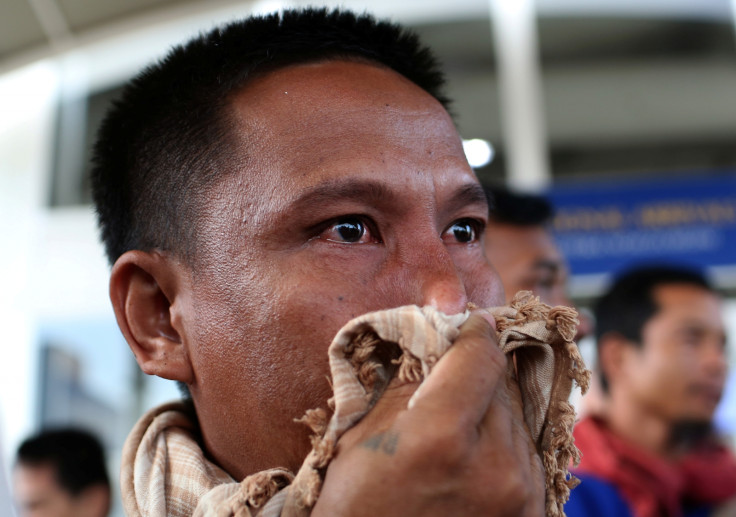Asian sailors held hostage by Somali pirates ate rats to survive
The seamen were captured close to the Seychelles in 2012.

One of the 26 Asian sailors, who were released on Saturday (22 October) by Somali pirates after almost five years, has revealed the appalling conditions in which they were forced to live during their captivity.
Arnel Balbero from the Philippines told BBC that they were forced to eat rats to survive and were provided with very little water. Balbero said that the seamen felt like "the walking dead" by the end of their ordeal.
"They give us small amount of water only. We eat rat. Yes, we cook it in the forest. (We) just eat anything, anything. You feel hungry, you eat," Balbero said, when asked how the pirates behaved with them.
Talking about the difficulties they faced adjusting to normal life after their captivity, the Filipino sailor said, "I don't know what is... outside of this world when this finish, so it's very hard to start again."
Twenty nine sailors of the FV Naham 3 were kidnapped in 2012. Three men including the captain died. They were held in a small fishing village, Dabagala, around 250 miles northeast of the capital Mogadishu since the hijack. They have been moved to Galkayo, the capital of Somalia's Mudug region, around 170 miles inland, since their release.
The sailors were from China, the Philippines, Cambodia, Indonesia, Vietnam and Taiwan. The men were reportedly freed after a ransom was paid by the ship's owner as well as groups contracted to negotiate with the pirates, Taiwan's foreign affairs ministry confirmed.
Meanwhile, a video clip of the survivors believed to have been taken in 2014 amid ransom negotiations has surfaced. The video, which has been released by a Taiwanese lawmaker who took part in the negotiations, shows the hostages looking thin and exhausted.
© Copyright IBTimes 2025. All rights reserved.



















